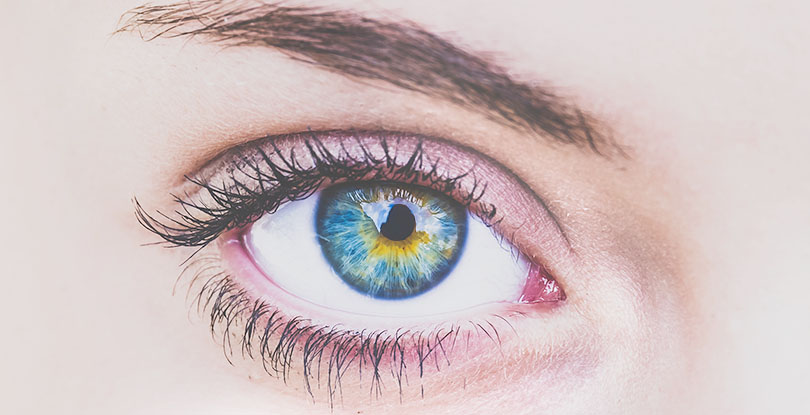Hypnosis, a solution to get rid of your fears?
The mechanisms involved in hypnosis remain mysterious but its effectiveness is considerable, particularly in the treatment of anxiety disorders (such as phobias). It is a complementary method that is increasingly appreciated and used by health professionals (doctors, psychologists, nurses, etc.) to complement their medical approach.

What is hypnosis?
The hypnotic state is a modified state of consciousness. It is a mode of mental functioning that is part of our daily lives. When someone says to you “you are in the moon”, you are in an altered state of consciousness. All of these moments occur, sometimes several times a day, your attention ‘drops out’, you are disconnected from external reality, completely absorbed in the experience you are having. Hypnosis refers to an altered state of consciousness called a “trance”. Milton H.
Erickson used the term “everyday trance” to show how common the hypnotic trance state in its mildest form is. When you enter such an experience, you are activating abilities and resources that you have but are not aware that you have. Therapeutic hypnosis is nothing more than a space for discovery. It has nothing to do with the show hypnosis or street hypnosis that we often hear about. The therapist is not really trying to impose a suggestion on the patient in order to make him/her carry out an order that has been given.
“Hypnosis cannot create new skills in a person but can enable better use of existing skills, even if these skills were not previously recognised.”
Milton H. Erickson
A tool for psychotherapy
Hypnotherapy is often offered as a tool in psychotherapy in relation to addictions, weight management, stress, anxiety, etc. The therapist then uses what are called permissive suggestions and metaphors to encourage entry into hypnotic trance. The therapist uses what are known as permissive suggestions and metaphors to encourage entry into a hypnotic trance. It is through these techniques that the therapist succeeds in “depotentialising” the patient’s conscious mind and making accessible the inner resources that he or she was no longer able to exploit.
- It also allows the patient to dissociate from the phobia. To be dissociated is to be a spectator of yourself, as if you were taking the place of a camera filming you.
- This perspective makes it possible to take things in perspective and considerably reduce the emotions felt.
Under hypnosis, the patient is then able to revisit a sufficiently difficult event without any panic attacks being generated. This technique can generate deep and lasting changes.
Hypnosis is used to treat the anxiety reactions present in phobias
The hypnotherapist has different ways of accompanying someone suffering from a phobia. The method will be chosen according to the problematic to be worked on, the origin or the intensity of the latter.
One of the simplest is to combine relaxation with systematic desensitisation. This is possible when the origin of the fear is a negative experience the person has gone through or a lack of positive experience when exposed to the object of the phobia. People who suffer from phobias develop anxious reactions that occur as a result of a psychological stressor. As a result, they constantly try to anticipate events. In this case, induction and suggestions may be sufficient to help them develop self-hypnosis skills, relax and ease muscle tension. It is in fact a matter of the therapist obtaining a kind of authorisation allowing contact with the person’s non-conscious resources.
The therapist can also use regression tools. Once the potential triggering event of the phobia has been identified, the therapist, using hypnosis, will lead the patient to a regression towards this event. This kind of regression will allow the patient to remember the first time he/she was confronted with this fear. The objective is to bring about a response more adapted to the situation and to inscribe it in the patient’s unconscious.
Other techniques consist of alternating phobic memories with soothing memories, to gradually allow the sensations of soothing memories to impose themselves on the phobogenic memories.
Hypnosis increasingly recognised by health professionals
It is proposed as an effective method for overcoming various difficulties, especially in relation to anxiety disorders. The length of time required to treat a phobia varies from patient to patient. Hypnosis is a brief therapy, which means that about ten sessions may be enough to get rid of a phobia. Some therapists may offer you self-hypnosis exercises that you can use to avoid panic attacks, excessive sweating or any other type of symptoms associated with phobic episodes. Of course, it is not impossible for you to consult, in parallel, another health professional specialised in psychoanalysis, cognitive behavioural therapy, or sophrology, etc. All these therapies are different, but they can be used to prevent panic attacks. All these therapies are different but complementary. They can be combined with each other.


